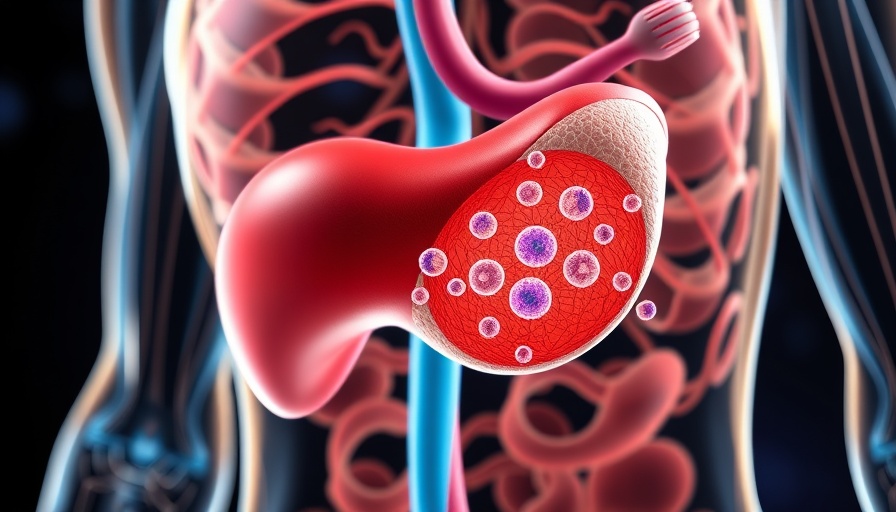
First-Ever Gene-Edited Islet Transplant Brings Hope for Type 1 Diabetes
A groundbreaking trial led by researchers at Uppsala University Hospital has made headlines following the first successful gene-edited islet transplant in a human patient with type 1 diabetes. In this open-label trial, a 42-year-old man with a long history of the disease has shown promising results, raising hopes for future diabetes treatments that could eliminate the need for lifelong immunosuppressive therapies.
Hope for Type 1 Diabetes Management
This clinical trial, titled "Survival of Transplanted Allogeneic Beta Cells with No Immunosuppression," was published in the prestigious New England Journal of Medicine. It aimed to assess whether hypoimmune-engineered islet cells can avoid rejection. Traditionally, patients receiving organ transplants must adhere to strict immunosuppressive drug regimens to prevent rejection, which can complicate management with their existing conditions.
The Innovative CRISPR Technology
In this trial, islets from a deceased donor pancreas were modified using breakthrough CRISPR technology. Researchers utilized CRISPR-Cas12b to knock out specific genes to create what they termed hypoimmune cells. An exceptional aspect of this study was the absence of glucocorticoids, anti-inflammatory agents, or any immunosuppressants, a significant departure from standard transplant protocols.
A Promising Path Forward
Over the 12 weeks following the transplant, serial assays confirmed that the engineered cells evaded strong immune attacks, exhibiting highly promising results. High-sensitivity C-peptide levels remained stable, while glycated hemoglobin levels dropped substantially. This indicates that the patient experienced improved insulin regulation and a decrease in blood sugar levels, albeit only 7% of the total required beta cells were transplanted.
Future Implications for Diabetes Treatment
The implications of this successful trial could be wide-ranging. If hypoimmune gene editing techniques can be perfected, they might pave the way for a permanent solution to managing diabetes without significant medication burdens. The researchers' findings support the notion that curative beta-cell replacements might soon be a reality, offering a potential end to the trial-and-error methods that currently define diabetes management.
Conclusion
While this trial is just the beginning, it holds immense promise not only for current type 1 diabetes patients but also for all individuals managing autoimmune conditions. With the advancements of gene editing technologies like CRISPR, a new era in medical treatment is on the horizon, simplifying lives and enhancing the quality of life for millions. This groundbreaking research creates a narrative of hope for those affected by diabetes and pushes the boundaries of what is possible in medical science.
 Add Row
Add Row  Add
Add 




Write A Comment